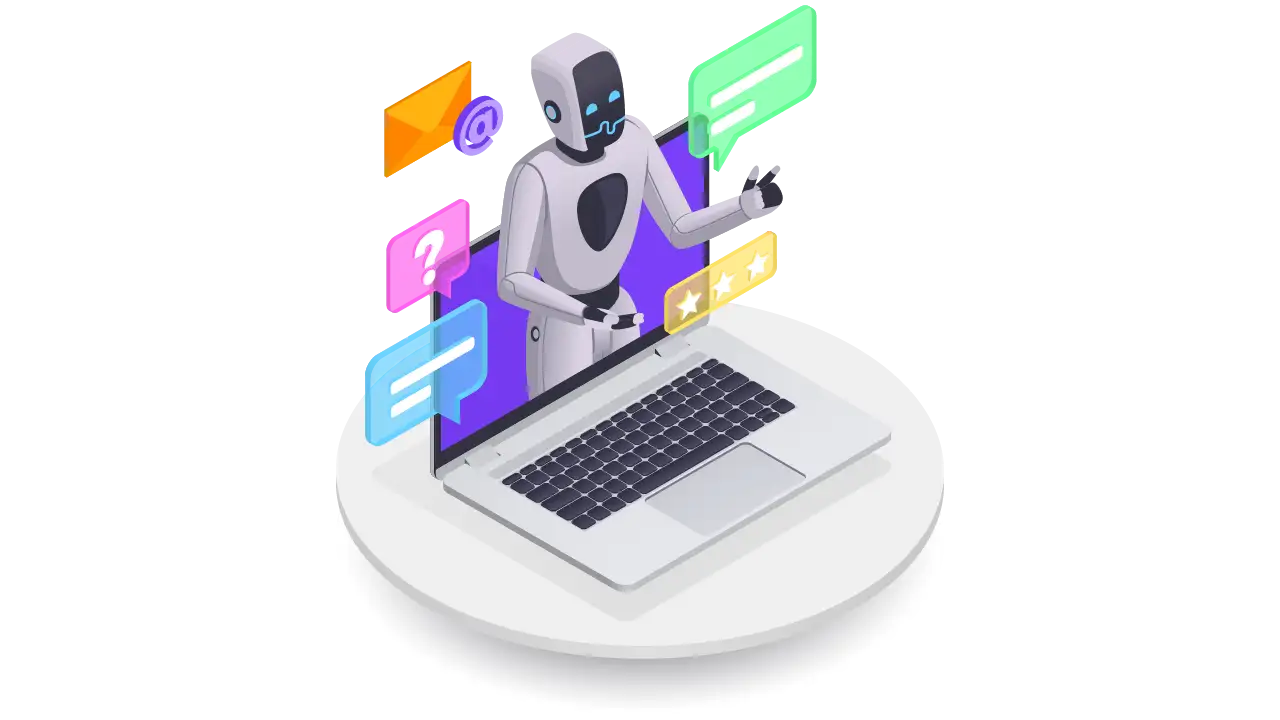


In today's dynamic business environment, the role of the Chief Human Resources Officer (CHRO) is more critical and multifaceted than ever before. CHROs are not just custodians of HR policies and employee welfare; they are strategic leaders who influence the direction of their organizations. To excel, CHROs need to master various elements of their role, each contributing to their overall effectiveness. While certain elements stand out as particularly vital, none can be ignored without risking the balance and success of the entire HR function. Here’s a strategic action plan to help CHROs navigate these complexities.
Action Plan:
Develop a Comprehensive Talent Strategy: Conduct a thorough analysis of current talent needs and future requirements, ensuring alignment with long-term business goals. This involves not only assessing the current workforce but also anticipating future needs based on industry trends and business growth plans.
Implement Succession Planning Programs: Identify critical roles and potential successors with a focus on long-term leadership development. Develop targeted development plans that prepare high-potential employees for future leadership roles, ensuring continuity and stability in leadership.
Regular Strategic Reviews: Conduct quarterly strategic reviews of the talent strategy and succession plans, adjusting as necessary to remain aligned with evolving business goals and external market conditions.
Action Plan:
Establish Strategic Meetings: Schedule bi-weekly strategy-focused meetings with the CEO to discuss long-term organizational goals, talent strategies, and major projects. Use these meetings to align HR initiatives with the CEO's vision and business objectives.
Strategic Feedback Loop: Develop a structured feedback process to provide the CEO with insights into strategic human capital issues, helping to shape the CEO’s broader business strategy.
Joint Strategic Initiatives: Collaborate on high-impact strategic initiatives, such as major organizational change projects or culture transformation programs, to ensure they are integrated with the overall business strategy.
Action Plan:
Facilitate Strategic C-Suite Workshops: Organize workshops focused on aligning C-suite members around long-term business strategies and collaborative problem-solving. Use these sessions to build a shared vision and strategic goals.
Promote Strategic Communication: Implement regular C-suite strategy sessions to encourage transparent communication and mutual support for long-term objectives.
Strategic Cross-Functional Projects: Initiate and lead strategic cross-functional projects that require collaboration among C-suite members, fostering a unified approach to business challenges.
Action Plan:
Prepare Data-Driven Strategic Reports: Develop comprehensive reports that tie HR metrics to strategic business outcomes. Present these reports to the board quarterly, highlighting how HR initiatives contribute to long-term business goals.
Engage in Strategic Discussions: Actively participate in board meetings, providing strategic insights on how HR initiatives support organizational objectives and long-term growth.
Build Strategic Relationships: Schedule informal meetings with board members to understand their strategic perspectives and gain their support for key HR initiatives that align with the organization's long-term goals.
Action Plan:
Conduct Strategic Employee Surveys: Implement regular surveys to gauge employee satisfaction and engagement, using the data to inform strategic HR policies and initiatives that align with organizational goals.
Develop Strategic Engagement Programs: Create and promote programs that foster a positive work culture and align with the company’s long-term vision and strategic objectives.
Establish Strategic Conflict Resolution Mechanisms: Develop clear procedures for addressing and resolving workplace conflicts that could impact the organization’s long-term strategic goals.
Action Plan:
Implement Advanced Analytics Tools: Invest in advanced HR analytics tools to track key HR metrics and generate strategic insights that inform long-term decision-making.
Train HR Team on Strategic Analysis: Ensure the HR team is skilled in strategic data analysis and interpretation through targeted training programs focused on long-term impacts.
Use Predictive Analytics for Strategic Forecasting: Leverage predictive analytics to forecast HR trends and proactively address potential challenges, such as future turnover risks or skills shortages, in alignment with long-term business strategies.
Action Plan:
Develop Continuous Learning Programs: Encourage and support ongoing education and certification for HR staff, focusing on strategic skills that contribute to long-term organizational success.
Stay Updated on Strategic Trends: Subscribe to industry publications, attend strategic HR conferences, and join professional networks to stay informed about the latest strategic trends and best practices.
Establish Innovation Labs: Create an internal team or lab focused on exploring and piloting new HR technologies and approaches that align with the organization’s long-term strategic goals.
While some elements might seem more immediately critical, CHROs cannot afford to overlook any aspect of their multifaceted role. Each element interconnects with and supports the others, creating a holistic approach that is essential for sustained success. For instance, strategic leadership is less effective without strong C-suite collaboration and board influence, just as data and analytics are vital for informed strategic decision-making across all areas.
By balancing these elements and following a strategic action plan, CHROs can not only drive their organizations toward success but also enhance their own career trajectories. The most effective CHROs understand that their role is one of constant evolution and integration, requiring them to juggle multiple responsibilities while maintaining a clear strategic vision.
The CHRO role in 2024 and beyond is complex and demanding, requiring a mastery of various elements. By focusing on strategic leadership, CEO partnership, C-suite collaboration, board influence, employee advocacy, data and analytics, and adaptability, and by implementing the corresponding strategic action plans, CHROs can navigate their expanding roles with confidence and impact. Ignoring any one of these areas can undermine their overall effectiveness, underscoring the necessity for a well-rounded strategic approach to their leadership.
To effectively deliver on the multifaceted responsibilities of a CHRO and execute the strategic action plan outlined, a diverse set of skillsets is essential. Here's a breakdown of the key skillsets required:
While the CHRO should possess a broad range of skills, there are certain areas where outsourcing specialized expertise may be beneficial, while others are best kept in-house:
HR Technology Implementation: Outsourcing the implementation and maintenance of HR technology systems can ensure access to specialized expertise and the latest innovations in HR tech.
Legal and Compliance Expertise: Outsourcing legal and compliance functions can help ensure adherence to complex regulations and mitigate legal risks.
Specialized Training and Development: Outsourcing specialized training and development programs, such as executive coaching or leadership development, can provide access to expert facilitators and tailored solutions.
Strategic Planning and Leadership: The CHRO should lead strategic planning efforts and provide vision and direction for the HR function.
Relationship Building and Stakeholder Management: Building relationships with key stakeholders, such as the CEO, C-suite, and board members, is best managed internally to foster trust and collaboration.
Talent Strategy and Culture Development: Developing and executing talent strategies, fostering a positive organizational culture, and driving employee engagement initiatives are core responsibilities that should remain in-house.
Data Analytics and Decision-Making: Leveraging HR analytics to derive insights and inform decision-making is a critical competency that should be cultivated internally to align HR initiatives with business objectives.
By leveraging a combination of in-house expertise and outsourced support, the CHRO can effectively manage the diverse demands of their role while ensuring access to specialized skills and resources when needed. This strategic approach allows the CHRO to focus on core strategic priorities while maximizing the value and impact of the HR function.

Organizations operating in distributed, high-volume, or high-variability environments, such as HR shared services...

As the digital landscape evolves, data-powered organizations are gaining a competitive edge. Data has become the new currency...

The world of work is evolving at an unprecedented pace, and outplacement and workforce transition consulting...

The workplace is rapidly evolving at an unprecedented pace. As organizations navigate a landscape increasingly influenced by artificial intelligence...

Artificial Intelligence (AI) isn’t just some sci-fi fantasy anymore—it’s really changing the way companies work today...

In today’s fast-paced business world, People Analytics is reshaping the way organizations attract, engage, and retain talent...